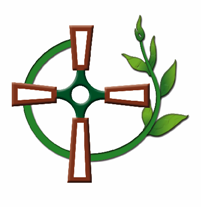
The Congregation of Christian Brothers is a worldwide religious community within the Catholic Church, founded by Edmund Rice.

Whitefriars College is a Roman Catholic Independent school for boys located in the Melbourne suburb of Donvale, Australia. Established in 1961, the college reflects the tradition of the Carmelites, and is recognised for its uniform's brown blazer with the college crest appearing on the breast pocket. The college has been a member of the Associated Catholic Colleges since 1999. The college was one of the first schools in Victoria to implement a notebook-computer program, which has now transitioned to a notebook-tablet program, in which every student is provided with a notebook-tablet.
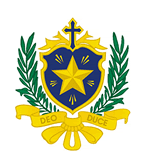
De La Salle College is a Catholic private school for boys in the Melbourne suburb of Malvern. The college was founded in 1912 by the De La Salle Brothers, a religious order based on the teachings of Jean-Baptiste de la Salle, and is a member of the Associated Catholic Colleges. The college consists of three campuses located in Malvern and Malvern East. De La Salle's sister school is Star of the Sea College.

The Diocese of Ballarat, based in Ballarat, Australia, is a diocese in the ecclesiastical province of Melbourne. It is a suffragan diocese of the Archdiocese of Melbourne and was established in 1874. Its geography covers the west, Wimmera and Mallee regions of Victoria. The cathedral is in St Patrick's Cathedral, Ballarat.

St Patrick's College, sometimes referred to as St Pat's, Paddy's or SPC, is an independent Catholic secondary day and boarding school for boys, located in central Ballarat, Victoria, Australia. The school was founded by the Congregation of Christian Brothers in 1893, who continue to run the school through Edmund Rice Education Australia. The school provides education for boys from Year 7 to Year 12, with an emphasis on academic and sporting programs.

St Joseph's College Melbourne was a Roman Catholic secondary college which opened early in 1903 and closed at the end of 2010. It was part of the Association of Edmund Rice schools, founded and run in the tradition of the Christian Brothers. Between the years 2000 and 2009 it formally operated two campuses, a senior campus located in Queensberry Street, North Melbourne, Victoria and a junior campus, in Brearley Parade, Pascoe Vale, Victoria. These two campuses were previously known as St. Joseph's College, North Melbourne and St. Joseph's College, Pascoe Vale respectively.

Australian rules football in Canada is played in seven provinces – Ontario, Alberta, Nova Scotia, Newfoundland and Labrador, Quebec, British Columbia and Saskatchewan. The Ontario league, centred on Toronto is a nine-team league, including sides from cities as far afield as Guelph, Hamilton and Ottawa. In western Canada, there are clubs in Edmonton, Calgary and a six-team league in the Vancouver area. There is also a number of junior and women's clubs across Canada.

Damascus College is Ballarat’s only Catholic co-educational secondary college. It was established in 1995 after three separate Catholic colleges, St Martin's in the Pines, Sacred Heart College and St Paul's College amalgamated. The college is located on a treed 20 hectare campus in Mount Clear, 7 km from Ballarat's central business district. Damascus College is a day school for secondary students in years 7 to 12.
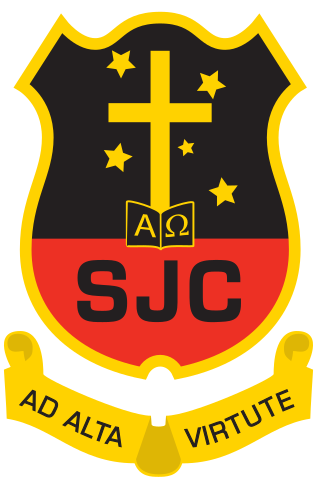
St Joseph's College is an independent Catholic secondary school for boys, located in the inner Geelong suburb of Newtown, Victoria, Australia. The school was founded by the Congregation of Christian Brothers in 1935, who continue to run the school, and provides education from year 7–12, offering a broad range of curricular choices for its students in middle and senior schools including VCE, VET and VCAL.

St Mary's College is an independent Catholic co-educational secondary college, located in Melbourne, Victoria, Australia. The school was founded in 1878 and is both one of the oldest private schools in Melbourne and one of the only co-educational Catholic schools in inner Melbourne.

St. Augustine's College was an Australian Roman Catholic secondary college in Yarraville, Victoria. Also known as Christian Brothers' College, Yarraville, or more simply CBC Yarraville, the school for boys opened in 1942, closed in 1972, and was operated by the Congregation of Christian Brothers.
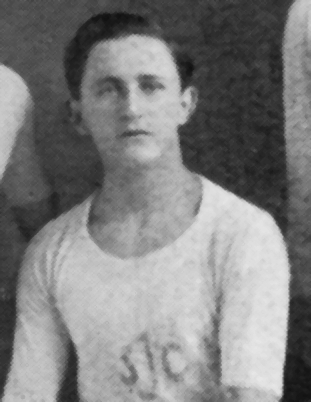
John Raymond Brew was an Australian rules footballer who played for and coached Carlton in the Victorian Football League.
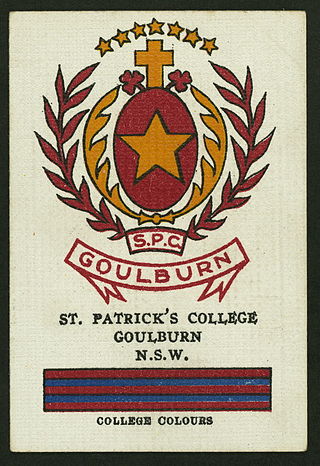
St Patrick's College, Goulburn was an independent, Roman Catholic, day and boarding school for boys located in Goulburn, New South Wales, Australia.
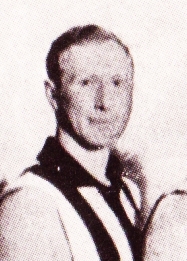
Kevin James Dynon was an Australian rules footballer who played for the North Melbourne Football Club in the Australian Football League (VFL).

Emmanuel College is a Catholic, co-educational, secondary college in Warrnambool, Victoria, Australia. The college is situated on three campuses in Warrnambool, located at the end of the Great Ocean Road in Victoria's Western District. The college is co-sponsored by the Sisters of Mercy who established St Ann's College in 1872 and the Congregation of Christian Brothers who founded St Joseph's Christian Brothers' College in 1902. Emmanuel College was the result of an amalgamation of the two colleges in 1991.
St Mary's Primary School began life as a Roman Catholic co-educational primary day school with single-sex classes located in West Melbourne, Victoria, Australia. The school was part of the parish of St Mary Star of the Sea, West Melbourne.
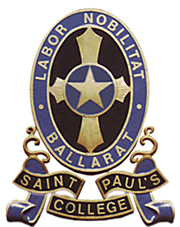
St Paul's College, formerly St Paul's Technical College and St Paul's Technical School, was a Catholic boys school in Ballarat.
St George's School, Carlton was a Catholic Church school located in Carlton, a suburb of Melbourne and was part of a parish complex which included a church, a hall and a school for boys and one for girls each using the same or similar school name. The school and church opened around May 1856 and operated from a bluestone building which served as both church and school. It was considered a fine example of one of the earliest parish schools established in Melbourne.
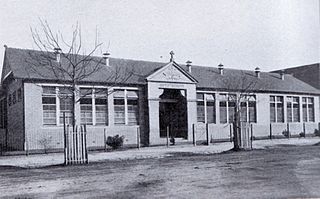
St Ambrose's School, Brunswick was a Roman Catholic primary school located in Brunswick, Victoria, a suburb of Melbourne and was part of a parish complex which included a church, a hall and a school for boys and one for girls each using the same or similar school name. The school was active between c. 1885 until its closure in 2008.

South Mackay is a coastal suburb of Mackay in the Mackay Region, Queensland, Australia. In the 2021 census, South Mackay had a population of 6,918 people.



















